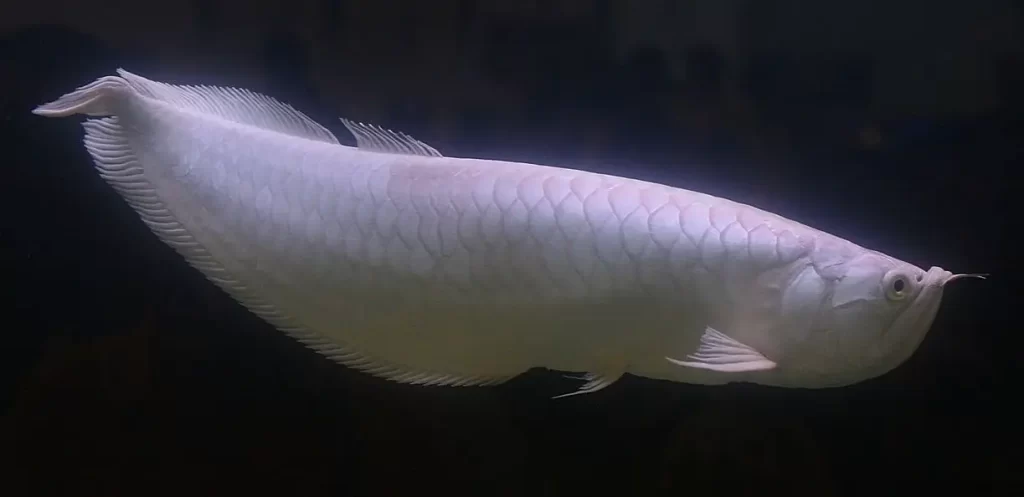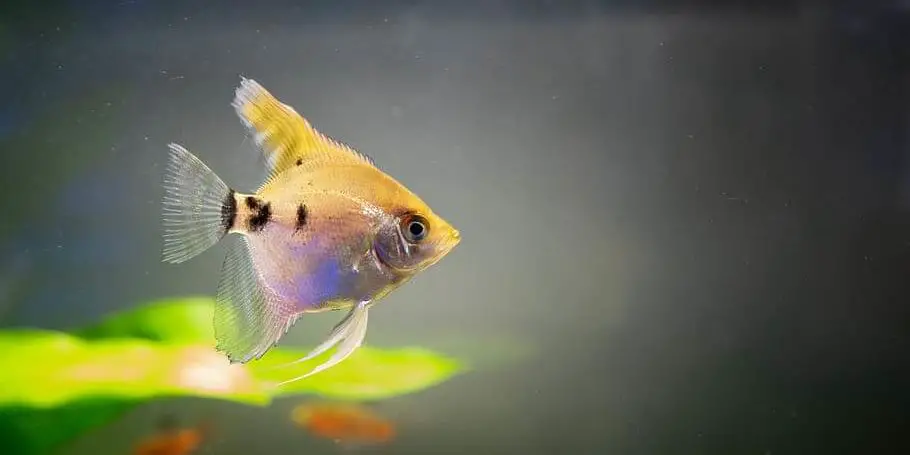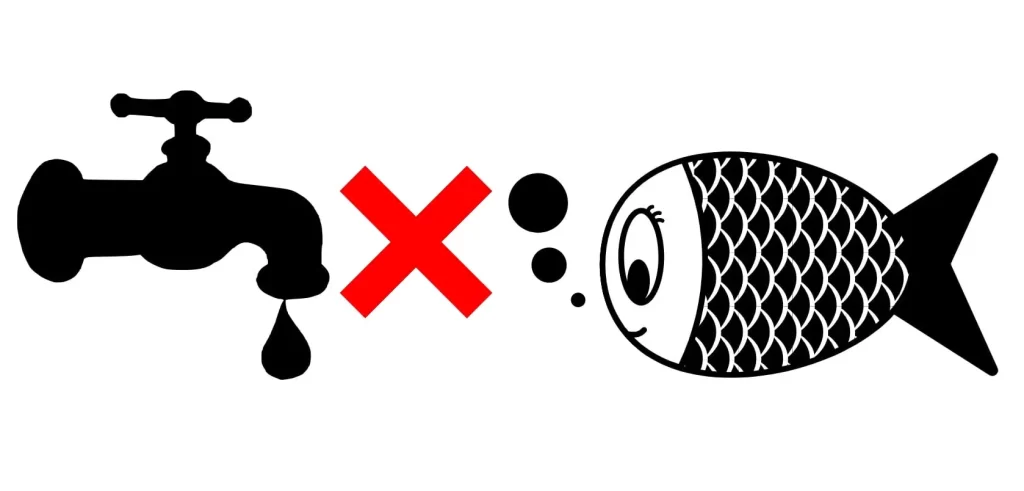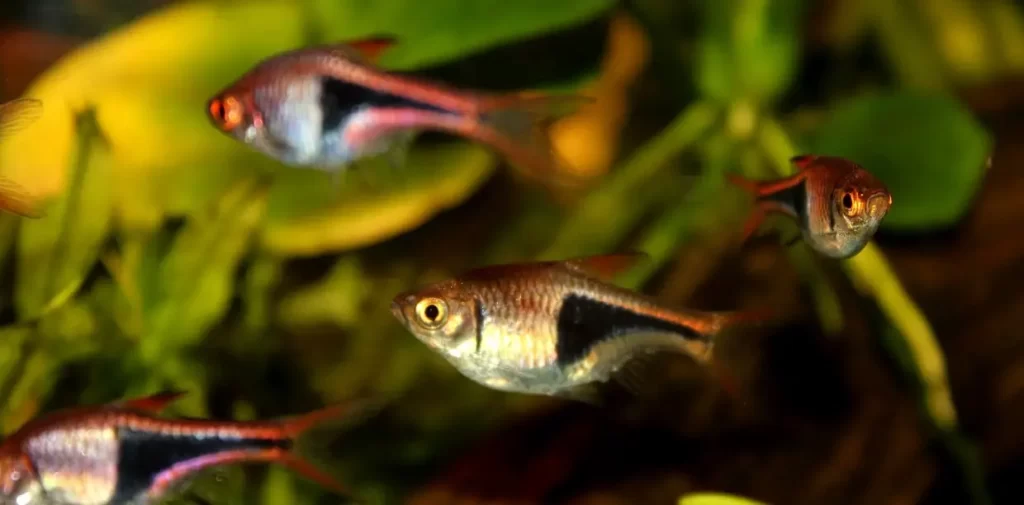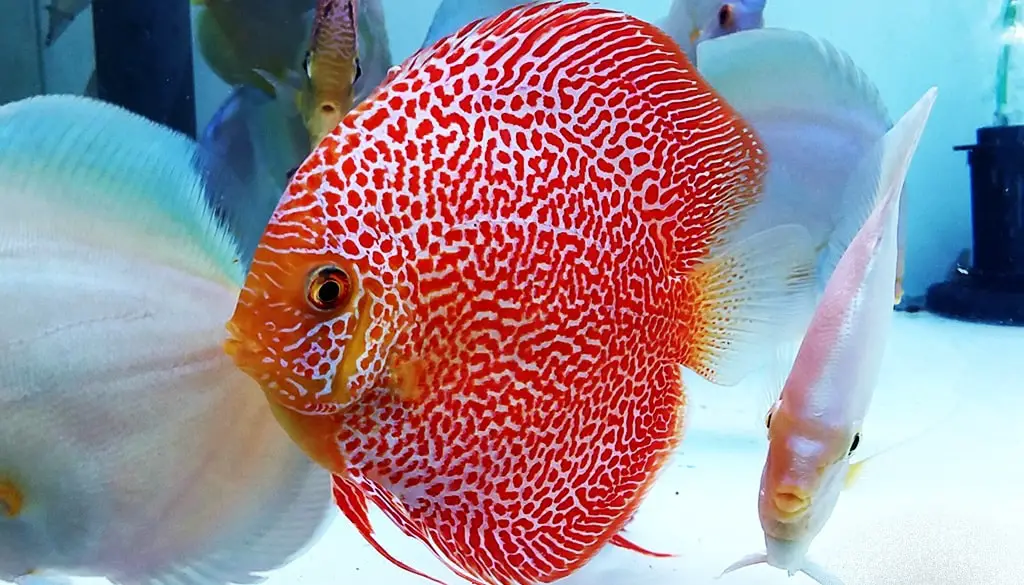The Recursive manifestation of organism infinitely down the line of survival is quite true. What this means is we knowingly and unknowing, provide our bodies as hosts to other living organisms as parasites, which in one way or the other are dependent on the productions of the body. Take humans for instance, even if we think that nothing but us is in this body we know hundreds of bacterias manifest on our blood, cells and are utilizing our body to fill their need! This is fine and dandy under okay situations. But if the balance of the host and parasite starts to waver, then it becomes a disease. The same goes for Arowana fish too. Your Arowana fish gets infected by disease if parasite outways host body. This article will help you to learn about some of the most common Arowana fish diseases and treatments.
So in one way or the other, all creatures are carriers of diseases. The only difference is some diseases are infectious/lethal/predominant while others are not; some don’t even feel like a disease. Humans are not the only ones that have such diseases. Terrestrial animals that don’t have a bath for a hundred days(including hyenas as well) and Aquatic animals too carry disease.
Some fishes are famous for their beauty, some for their swimming capabilities, and some for their extremely unusual size and shape. But it turns are these aren’t the only factors that get your name on the newspaper’s forefront. Some fishes do get the name on the title for their disease. One such Species is the Arowana Fish.
What is the Arowana Fish?
Asian Arowana(scientific name: Scleropages Formosus) is also known as the Dragon Fish(rightfully named after it’s pointy mouth and mustache) in Asia and is native to Southeast Asia. It has a cylindrical shaped length of the body with a rhomboidal head and a smaller tail and the end.
Usually, Asian arowanas inhabit blackwater rivers, slow-moving waters usually flowing through forests and wetlands. These fishes are highly adaptive to freshwaters and cannot survive the marine atmosphere. Hence Arowanas are not suitable for surviving in ocean waters. These fishes have several different naturally occurring color varieties, which are known as haplotypes and have large scales, cycloid. Some are metallic-colored with a mosaic pattern of ribs. This pattern makes them popular for decorative purposes like using them as aquarium fishes. They also hold special cultural significance influenced by the Chinese culture(people believe it brings luck and fortune). Sadly, the Asian Arowanas are listed as endangered species by the IUCN Red List.
What Disease does Arowana Get?
Arowanas are expensive pets to take care of. Even if you provide the best of situations for it to survive in the aquarium; like any other creature, the disease can easily affect or infect Arowana once it’s resistance to disease is low. Other than insufficient care, contaminations, bacterial, and parasitic attacks are the main factors that contribute to the ill health of an Arowana. Bad or unsanitized water, decaying leftovers, improper feeding as well as a decrease in the level of dissolved oxygen in the tank can lead the poor fish to have turned or decayed gills, cloudy eyes, white/red spots, and warped scales.
What’s the Cure?
If you think your tank pal is seriously in a life thread, you better get a fish vet for proper medical treatment. Otherwise, the common practice of changing the water at least 10% every week and examining its condition using water test kits with also maintaining the water parameter and environment and prevention usually does the trick. The catch is to keep the environment and perimeter of the fish as sustainable and clean as possible.
As always, prevention of your precious Arowana’s disease is better than cure. Because the cure could be difficult and expensive, if not impossible, you must maintain the tank, otherwise bringing in a specialist to do the job. In the worst cases, replace all the contents of the tank can cause your pocket to blow up. But if you are careful enough to replace and maintain sanitization and keep clean water for your Arowana, then both you and your pet can live a better life(and avoid that bad, rotten smell, ugh!).
Arowana Fish Diseases And Treatments | Measure To Prevent Diseases
While it sounds like an epidemic outbreak almost making it sound as if the “Marine depths” have their local newspaper publishing facility, it is not a disease in itself. The term actually acts as a set container for the diseases or conditions that act on your Arowana. There has been an extensive and large number of condition that makes the Arowana ill. We have mentioned some of these common diseases that Arowana fish suffers from below:
Fin and Tail Rot
Symptoms
The fin rot is first seen as white/grayish spots or as patches on the head and around the gills or fins. The lesions may look like a more paler area(different from the rest of the body of the fish) that lack the shiny metallic appearance of the fish. As it progresses, it may become more yellowish or even brownish, and the around it may be tinged red. This condition is often called ‘saddleback’ because of the lesion’s appearance similar to the saddle when they extend down the sides of the back.
Causes
Also known as columnaris or simply ‘Fin Rot’ is an infection caused by Gram-negative, aerobic, rod-shaped bacterium Flavobacterium columnare(previously known also as Bacillus columnaris). People generally mistake it for a similar fungal infection because of its mold-like lesions.
Treatment
A prompt first aid for the fish would be to first immediately change the water filled with the contamination of sickness and bacteria(20% of the volume). And dose Anti-Columnaris medication for your fish according to the recommended dosage. DO NOT raise the temperature as the bacteria are more active with heat. If the condition improves after three days, change 30% water and dose Anti-Columnaris medication again. Also, the expert recommends to use Of Magna Salt at a salinity of 5 parts per thousand and repeat this until the recovery of the fish.
Hemorrhagic disease
Symptoms
The wound or swelling probably can be seen, which is usually caused by the Arowanas rubbing their barbels against the tank.
Cause
Hemorrhoids(Barbels infection) usually grasp Arowanas that have a habit of rubbing their fleshy filament growing from their mouth or snout. If this scrapes the delicate tissues of your pet, then it spawns a secondary infection that may result in swelling and inflammation. This process will speed up if your tank contains bad or contaminated water.
Treatment
Providing your Arowana a better-suited tank according to its size and capacity can be a good idea. Also, when you anesthetize your Arowana, use Proper Arowana Medication (Stabilizer) according to the recommended dosage, taking care to dose until the Arowana is anesthetized slowly. With a sterilized instrument, remove the growth of the infection. Then apply powders especially made for your fish (consult a specialist if necessary) on the wound to prevent the infection.
Dropsy
Symptom
Dropsy is rather a symptom rather than a disease and can indicate several underlying diseases, including bacterial infections, parasitic infections, or liver dysfunction.
Cause
This condition of the Arowana is popularly, also known as “Pinecone” or “Edema.”. This condition is resulted by bacterial infection of the kidneys, which occurs when the fish is at a weak condition or has had previous physical damage. In this stage, along with poor conditions, Arowana is easily infected by pathogens.
Treatment
Add Magna Salt(seek a consultant if you don’t know about this, remember always to be cautious) according to the recommended dosage. Maintain a good water change regime.
Cloudy Eyes:
Symptoms
The Arowana might sometimes have cloudiness on the eye’s surface (on the surface of the cornea or deeper inside like the pupil). If the cloudiness is present only in one eye, it might just be a simple case of injury, and it will likely be cured over time. Still, if the fish has both eyes a bit more fuzzy-looking, then it should be then it usually indicates a systematic problem.
Cause
The main cause of Cloudy Eyes is poor water quality. Especially when the pH of the water is extremely low(pH also drops when the aquarium is more saturated with excreta), a bacterial or protozoan infection, or flukes. Or, this may be a natural onset of cataract due to different internal health of the fish and the external stimuli it is exposed to.
Treatment
Check the water parameters and take the usual process of cleaning your pet’s tank. Dose Arowana Anti-Cloudy Eye medication as per the recommended dosage(consult a fish vet if necessary).
Fungal Infections
Symptoms
Fungal infections are also known as mycosis and probably are a common disease seen in fishes, including Arowanas. Their symptoms include light gray, cottony growths on the skin, fins, gills, and eyes.
Causes
The fungus grows on open wounds, and if you introduce fungal fish to poor aquarium conditions, then it results in the fungus extending further its perimeter. If you allow the fungus to grow in such a manner, it may steadily spread and may entirely devour the fish resulting in death.
Treatment
Dose the Arowana with external fungus and bacteria medication(e.g., OceanFree® Special Arowana Medication-3) as per the recommended dosage. Also, repeat the procedure as needed/advised and change 30% of the tank water every three days.
White spot or Ich
Symptoms
White spot is also commonly known as ‘Ich.’ When the fish suffer from these conditions, we can see small white spots(hence the name) resembling a sprinkle of salt grains on the body and gills. The fish also loses it’s appetite and shows abnormal hiding behavior.
Causes
The major cause of White spot/Ich is the protozoan known as Ichthyophthirius multifiliis, which attaches itself to the Arowana’s body, skin or gills.
Treatment
Change 30% of the water in the fish tank about every three days. Dose the OceanFree® Special Arowana Medication-4 according to the recommended dosage. Increasing the temperature to about 30-32 degrees may help to accelerate the Ich’s biological life cycle. Repeat the treatment for a few weeks, even if the treatment has worked, and you have fully recovered the Arowana.
Anchor worms
Symptoms
Anchor worms or Lernaea are visible to the naked eye. You can characterize it by frequent rubbing, localized redness, inflammation on the body of the Arowana accompanied by breathing difficulties, and general lethargy.
Causes
A genus of copepod crustaceans called Lernaea or anchor worms is the leading cause for Anchor worm. It is a parasite that prefers freshwater fishes as hosts. After mating, the females burrow into the flesh of a fish and transform into an unsegmented worm-like form, usually with a portion hanging from the fish’s body and also infecting the fish.
Treatment
Do the usual drill of 30% water change every three days. Along with the repeated medication of OceanFree® ‘0’ Anchor Worm & Fish Lice according to the recommended dosage. Note that, however, the Worm itself may only drop off the Arowana after 2-3 days of the medication.
Disease Prevention
I suppose you wouldn’t like to get sick just to try out the blue capsules you saw in the store yesterday, right? (Well, I think exceptions do exist for sweet cough syrups though, just kidding!). But we many, all agree that we like saving our cents on the medicine, medications, and medical care while we can be it for us, our family member, and our gorgeous aquarium friend, the Arowana. To help you at this, here are a few tips for the prevention of the disease and some awareness to keep your friend kicking(or flipping should say):
- Maintain proper water conditions and tank cleanliness.
- Minimize food that is difficult to digest and remove uneaten food, conduct regular water changes.
- Try to maintain the social relationship if multiple Arowans are in the tank.
- Quarantine new fishes into a separate tank for a few days(or weeks) before exposure to the main tank.
- Minimize manual handling of the fish. Try to
avoid large ornamental displays or decoratives with rough surfaces inside the tank wall to prevent physical injuries. - Provide a good swimming space for the Arowana.
- Try to maintain and ensure the temperature and pH of the tank to a constant level. Choose the condition which is suitable for the Arowana.
- Also, keep your tank sanitized by adding medical and chemical additives(as recommended). Doing so will help to fight the bacteria off of the Arowana tank.
Conclusion
By now, you may have second thoughts of keeping a pet and an expensive one like the Arowana. But, under good water conditions and proper care of the Arowana, you should be able to reduce the risk of getting the fish in a bad situation. Follow the best habits of early medication and prevention and seek the guidance of special medical help if necessary, immediately. After all, a pet is more of a friend, and for one as beautiful as the Arowana, you should be extra careful. I have tried to make it simple for you to understand the common Arowana fish diseases and treatment through this article. If you still have any question related to our today’s topic, feel free to leaves a message down in the comment section below.
Reference
Image Credit: https://commons.wikimedia.org/wiki/Arowana#/media/File:Snow_Arowana.webp

